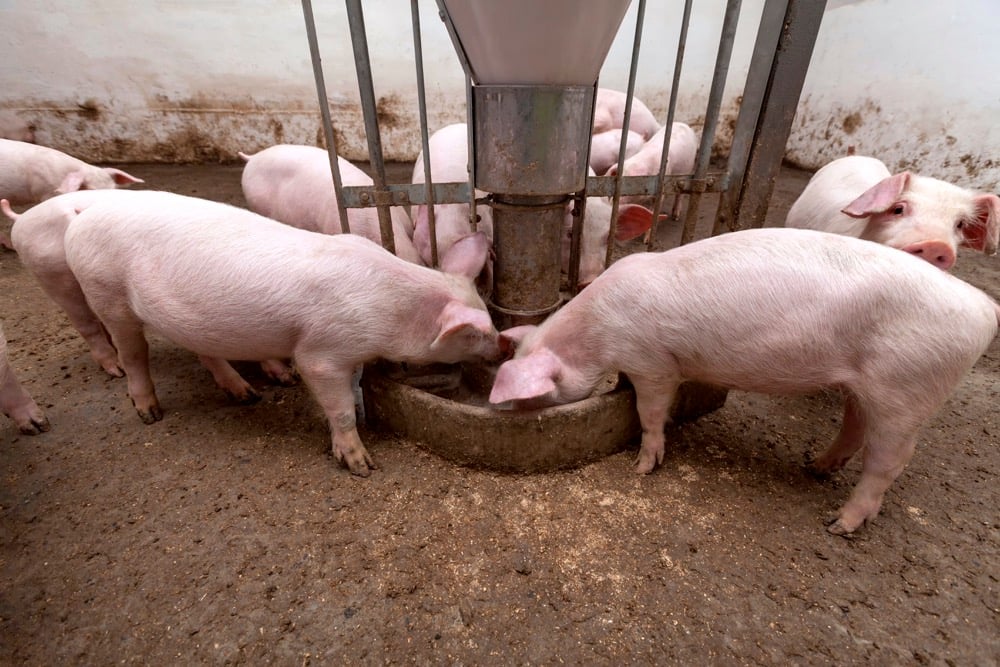Slow-growth diet before breeding offers better long-range health in pigs

University of Arkansas researchers have found that a slow-growth sow diet results in more piglets and healthier and longer-lived females.
Read Also


Push for more hog processing intensifies after Quebec closures
Reduced hog processing in Quebec has forced the redirection of thousands of Ontario hogs to U.S. and Manitoba processing plants….
Slower weight gain for female pigs before breeding led to improvements in performance throughout four breeding cycles, according to Charles Maxwell, professor of animal science.
It’s common practice to feed female breeding pigs the same as “terminal line” pigs, leading to overweight at breeding age. Once bred and lactating to feed piglets, the sows lose weight because they eat less. That exacerbates the problem, Maxwell said.
About half the sows in the U.S. swine industry are replaced after lactation due to being overweight before breeding, or having poor fertility and lameness. Optimally, a sow should be able to farrow at least four litters of piglets to be profitable, Maxwell said.
He and fellow researcher TsungCheng Tsai joined three industry partners in developing a two-year study that mimics a practice used with dairy cows since the 1980s — slowing the growth rate of females before breeding.
Two diets were offered to young gilts. Low nutrient diets were formulated to reduce the gilts’ lysine amino acid intake for a certain period. They included fibre with wheat middlings and dried corn distillers grain with solubles to lower the energy density. A control group was provided a normal diet that exceeded industry standards.
The gilts on the low-nutrient diet were allowed to eat as much as they wanted. At the end of their 26-week development period, they were about 15 pounds lighter than the normal-diet group. Once placed on common diets before breeding, the average body weight of both groups was the same.
Although they started a little lighter, the group fed a low-nutrient diet during development lost less body weight during lactation than the normal-diet group. When their piglets were weaned, the low-nutrient group also had a greater 10th-rib backfat thickness, suggesting they used the nutrients better than those fed normal diets as gilts.
Maxwell said the sows fed a low-nutrient diet did not reduce feed intake once they were bred and lactating. Slow growth also did not appear to affect conception rates.
Gilts on the low-nutrient diet produced an average of 4.5 additional pigs at birth, 4.6 more pigs born alive, and 4.2 more pigs weaned. When measured over four reproductive cycles, sows from the low-nutrient diet group farrowed 30 more litters, produced 380 more pigs born alive, and weaned 204 more piglets.
Maxwell and Tsai are looking for more ways to improve sow longevity.
“We’re not there yet,” Maxwell said. “Even with that treatment, we didn’t have 100 percent survival. So, we still have a lot of questions to minimize the loss.”
Source: Farmtario.com

